Even as Alappuzha won awards for cleanliness, a settlement of former sanitation workers themselves lived amid a sanitation crisis. A team of public sector institutions joined hands to develop community-centric solutions for them. Sruthi and Narayanan tell the story of this venture.
Sruthi Pillai & N. C. Narayanan
While there is a lot of discussion on the exploitation faced by manual scavengers and sanitation workers in the work they do, seldom does the debate turn towards their living conditions. One of the most marginalised caste-based communities, they often find themselves living in the perimeters of urban spaces, mostly in areas which are not provided with access to basic sanitation services and water supply. This holds true for the state of Kerala also. Municipal Colony, a settlement of erstwhile sanitation workers who were involved in manual scavenging, is a small unplanned colony located in Chathanad, Alappuzha. While the practice of manual scavenging may have ended in this area, its repercussions are still felt by the residents of the colony.
Like any other marginal settlement, the residents relied on substandard sanitation services provided by the municipality–there was just one unhygienic and dilapidated community toilet complex for nearly 50 families. Due to lack of maintenance and disuse, the public toilet fell into disrepair. Some of the families had constructed basic latrines with improper onsite treatment, which had contaminated the high water table. With a lack of safe disposal facilities for greywater 1 and other forms of solid waste, the entire area of the colony had started becoming prone to chronic waterlogging and a breeding ground for disease-carrying vermin. A small canal snakes through the outer edge of the colony, carrying waste and debris from upstream. In the absence of avenues to dispose of solid waste, the residents threw it across the canal into a vacant plot of land. Over time, the mound of garbage grew and started spilling into the canal, choking it further. During rains, the blocked canal floods, carrying the waste back to houses in the settlement. Living in such squalor was the norm for Municipal Colony residents.
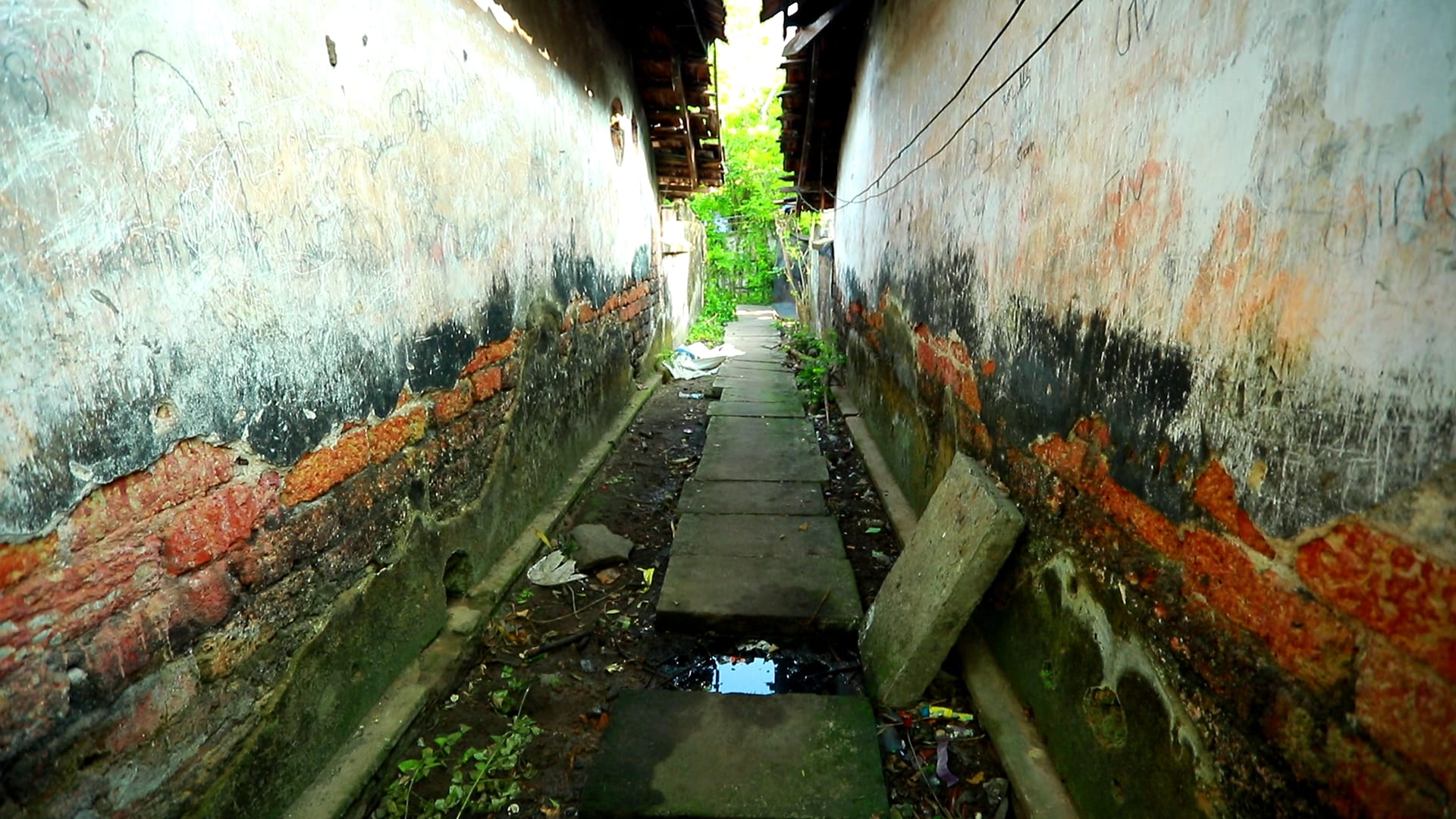
The CANALPY Project Comes to Municipal Colony
However, in 2018, Municipal Colony got a facelift when it was selected as one of the pilot projects for CANALPY. The CANALPY initiative, started in 2017, is a canal rejuvenation project run jointly by the Indian Institute of Technology Bombay (IITB) and the Kerala Institute of Local Administration (KILA). The project, aimed to address water pollution in canals by addressing the sanitation situation in adjoining human settlements, is anchored in the principles of subsidiarity 2, non-invasive technology options, participatory planning, and local governance capacitation. Previous research by the team has shown that there is inadequate data about pollution hotspots and sanitation practices in Kerala’s towns. To address this and to collect fine-grained data about pollution sources and waste management practices, the project conducted data collection and analysis exercises as part of annual academic Summer and Winter Schools.
As part of the schools, around 330 students from different parts of the country came and stayed in Alappuzha for two weeks. During their stay, they were exposed to different aspects of solid and liquid waste management including the current crisis of waste management in Indian towns, policies and laws related to pollution and waste, various technologies used for waste treatment, limitations of the same and governance mechanisms in place at different levels of the state. This was followed by intensive field work exercises in different neighborhoods of Alappuzha where they applied the knowledge they gained to collect sanitation and pollution-related data and analyse it for insights on waste and pollution.
The exercise brought out the relationship between canal pollution through untreated black and grey water and the dumping of solid wastes. Alappuzha is known for its decentralised model of solid waste management wherein people segregate waste in their homes by either treating it through household systems like bio-bins and bio gas units or bring it to the community aerobic units located in various parts of the town. The town was named as the best small city in ‘innovation and best practices’ in the country in Swacch Sarvekshan 2020, an annual survey of cleanliness, hygiene, and sanitation across towns and cities in India 3. However, CANALPY surveys revealed that not all the residents practiced this owing to lack of time and due to the location and spacing of the community aerobic bins. To clean and rejuvenate the canals, it was imperative that the problem of solid and liquid waste management be addressed.
The project also recognised the limitations of Alappuzha in adopting a centralised liquid waste management approach. The town has flat terrain, and this lack of gradient means that sewage has to be propelled through a sewerage network. This will, in turn, require a considerable amount of energy. Being a coastal town, Alappuzha also has a high water table, and so laying sewerage pipes deep in the ground carries the risk of groundwater contamination. All of this, coupled with unavailability of land for constructing a centralised sewage treatment plant, meant that the town had to depend on onsite sanitation systems that do not require elaborate pipelines.
Summer school surveys also revealed that many of the onsite sanitation systems were not in fact airtight septic tanks 4 but porous soak pits 5. Leachate from unsafe onsite systems like soak pits have the potential to contaminate open wells and aquifers. This leachate, along with liquid and solid waste being dumped into the canals, was found to be a major reason for decline in water quality of the canals. Reducing canal pollution, then, was not just about managing solid and liquid waste–the project also needed to identify and replace faulty septic tanks.
In light of these observations, the project team flagged the need for decentralised and context-specific sanitation solutions. It was decided to have a pilot intervention addressing these issues of waste management and improper sanitation systems. The next question was this: what was the best locale for a pilot? A combination of physical and socioeconomic factors makes sanitation problems highly diverse–there are different sanitation zones which require different solutions. It was decided that public investment should go to the most marginalised communities and Municipal Colony was selected as the preferred site for intervention.
Building Sanitation Infrastructure in Municipal Colony
The challenges facing CANALPY in Municipal Colony, therefore, went far beyond just cleaning up a canal. They had to come up with efficient, durable, yet low-cost infrastructure solutions for a range of connected issues–lack of toilet facilities or sewage systems, a solid-waste disposal crisis, water pollution, flooding, the need for decentralised sanitation, an impoverished and marginalised community, and the peculiarities of Alappuzha’s topography. What technology could best address this scenario? Through joint consultations, IITB, KILA, and the National Environmental Engineering Research Institute (NEERI) determined that the installation of a ‘DEWATS system’ in the colony would be most appropriate. As opposed to centralised systems like large-scale sewage treatment plants (STPs), a DEWATS or ‘decentralised wastewater treatment system’ uses biological and physical processes to transport and treat wastewater generated in small communities and buildings in situ. The systems are designed to be affordable, low-maintenance, and non-dependent or minimally dependent on energy inputs like electricity.
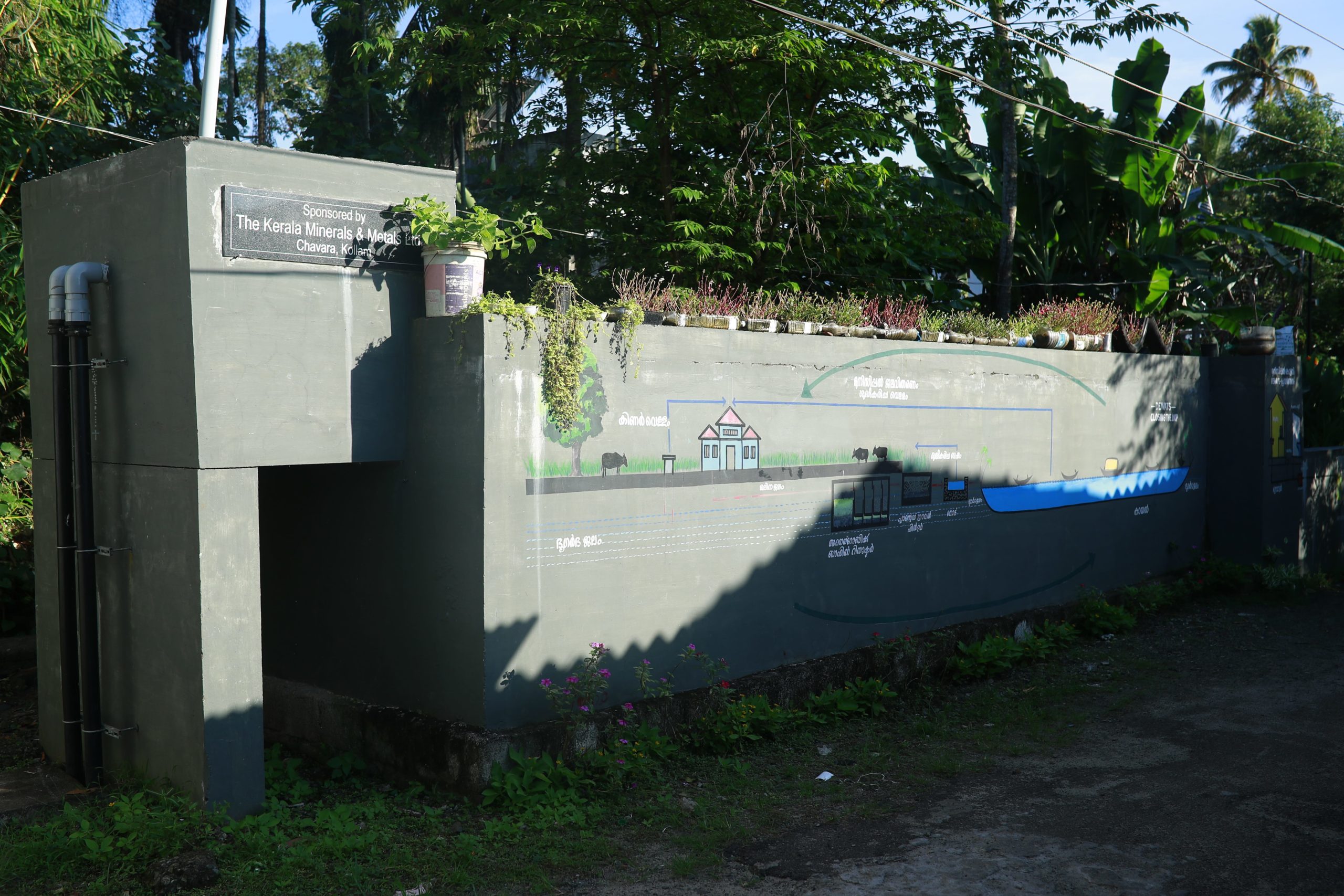
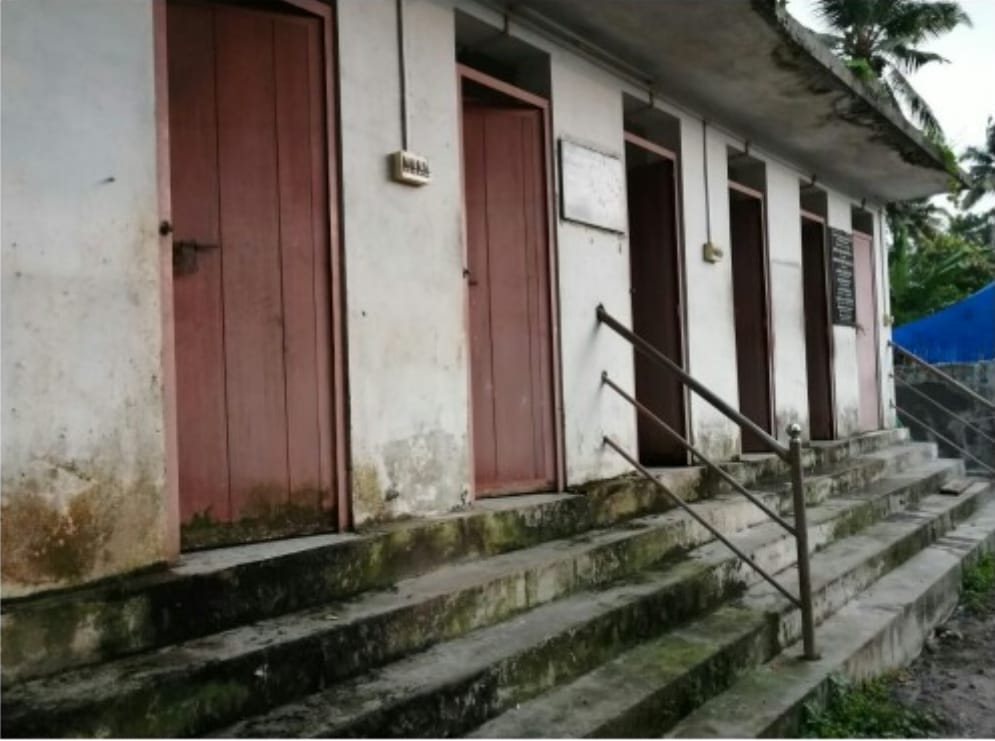
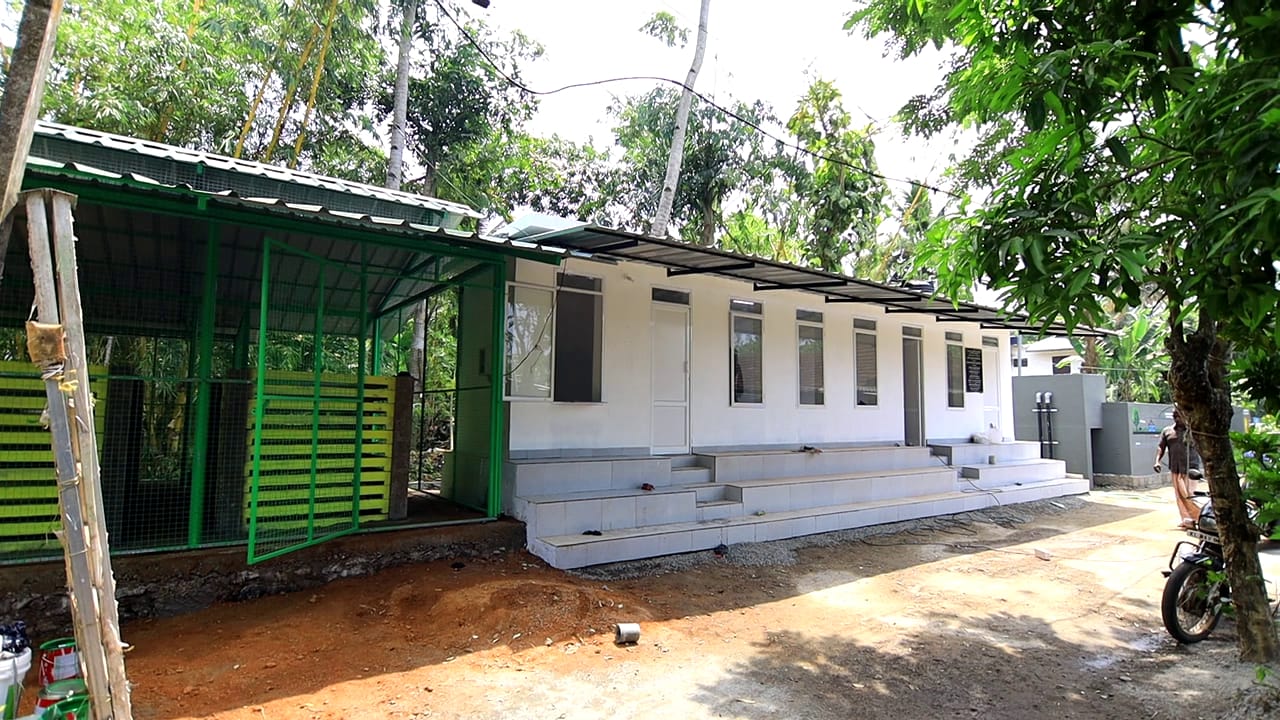
To set up such a system, the Centre for DEWATS Dissemination (CDD) was roped in along with the support of CSR funding from Minerals and Metals Limited (KMML), a state public-sector undertaking (PSU). Toilets in individual households were modified and connected to a sewer network that brings toilet waste to a decentralised wastewater treatment plant. The waste is treated through a phytoremediation system–a system that uses plants to filter wastewater. Finally, the treated water is let out to the canal. The entire system was designed to be as low-maintenance as possible to avoid costs which might have to be borne by the community in the future. Almost entirely gravity-fed, there is just one electric pump in the entire system. It also does not use any chemical or electrical methods to treat the wastewater. In addition, aerobic bins were built for solid waste management, and the community toilet was repurposed as a study hall for children. The work commenced in August 2018 and was completed in February 2019. Apart from this, the colony and its premises were cleaned and beautified. In January 2019, the canal was cleaned through a cleaning drive by the youth of the town. Local artists volunteered with wall paintings to give the colony and the approaching road a final facelift. The residents of Municipal Colony were themselves entrusted with the operation and maintenance of the new facilities. In this work, they would be supported for the first year by KILA, and then by the municipality.
Sanitation Rights, Dignity, and a New Future
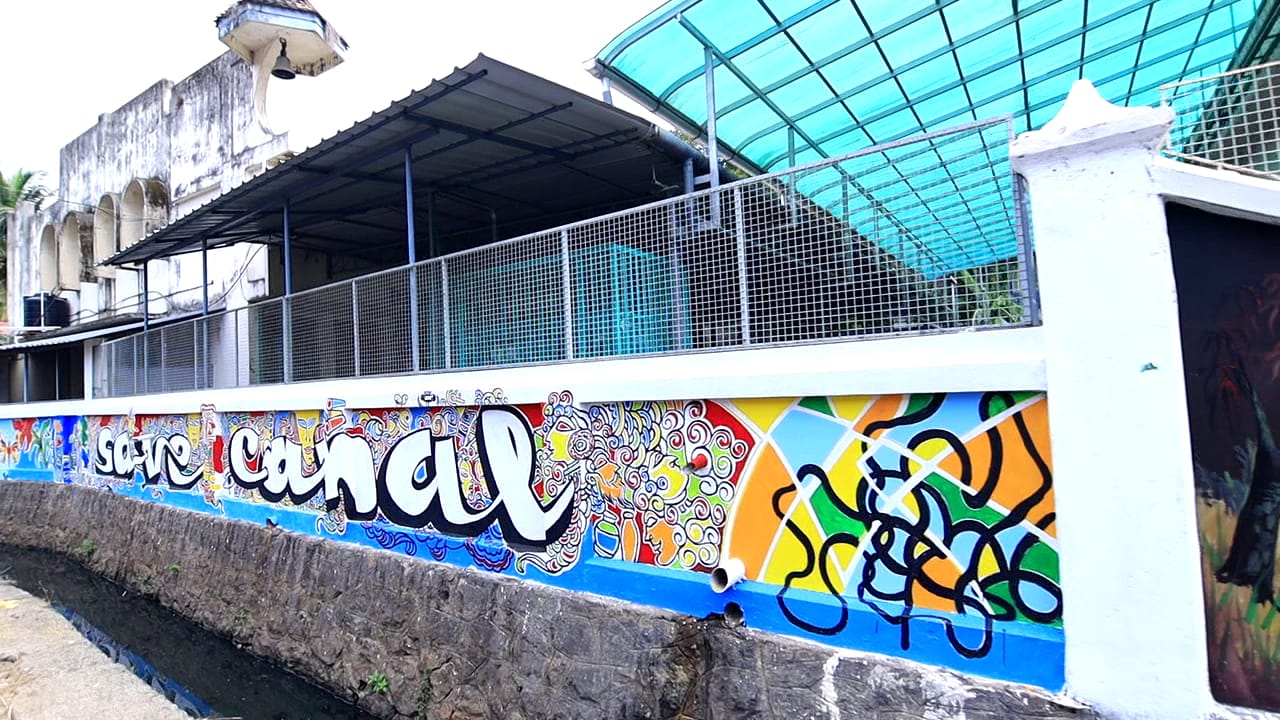
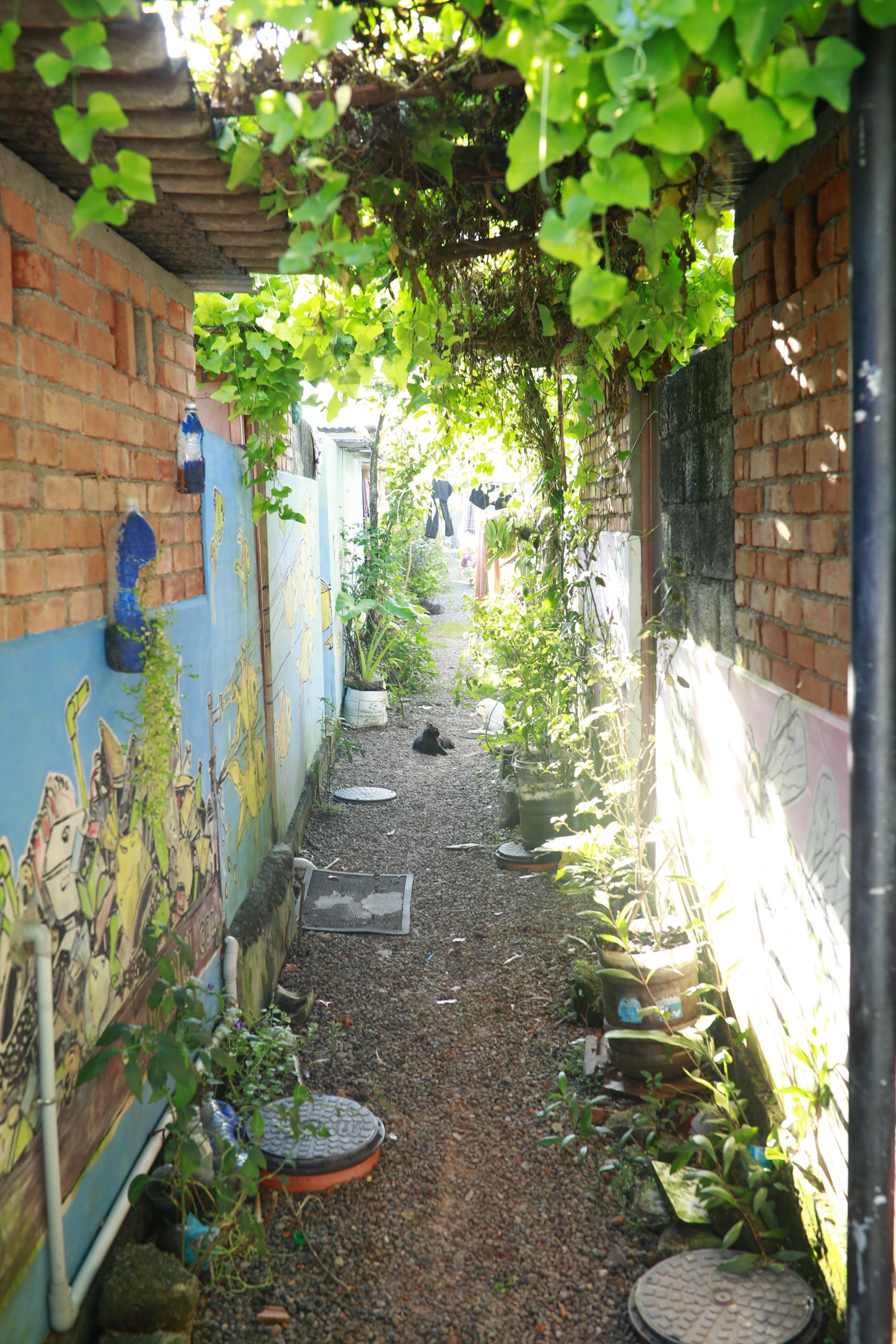
The intervention has instilled a sense of ownership towards the canal amongst the residents of Municipal Colony. Instead of throwing solid waste into the canals, they are segregating and depositing waste in the aerobic bins. The residents have also called out passersby and residents from outside the colony who throw waste into the canal. They have reported a marked improvement in the quality of their life since the intervention. Improved sanitation and waste management facilities have reduced incidents of flooding and have made their colony a clean and welcoming place. ‘Earlier, we were ashamed to call our relatives to our homes. Today, when they come, they appreciate our colony and premises’, Jessy, a resident, says. This was not only a technological intervention but a sociopolitical one that instilled dignity and pride in the residents. The acceptance and ownership showcased by the colony residents is a testimony to the significance of context-specific interventions in addressing issues around solid and liquid waste management. Experiments like this show that it is important that town planners, bureaucrats, and decision makers equip cities and communities with sanitation infrastructure and services which are appropriate, inclusive, and resilient, especially in the face of looming climate change-induced challenges.
As for CANALPY, the success of the DEWATS project has inspired the team to take up new challenges. CANALPY is expanding their work by replicating and scaling up the strategy of context-specific interventions in the area of disaster risk reduction. They are doing so by assisting local bodies in Kuttanad and neighboring areas in making climate risk-informed development plans. Working in a different terrain like Kuttanad will present a new set of challenges, and the future will tell how their current strategy will fare in a different sector and different place.
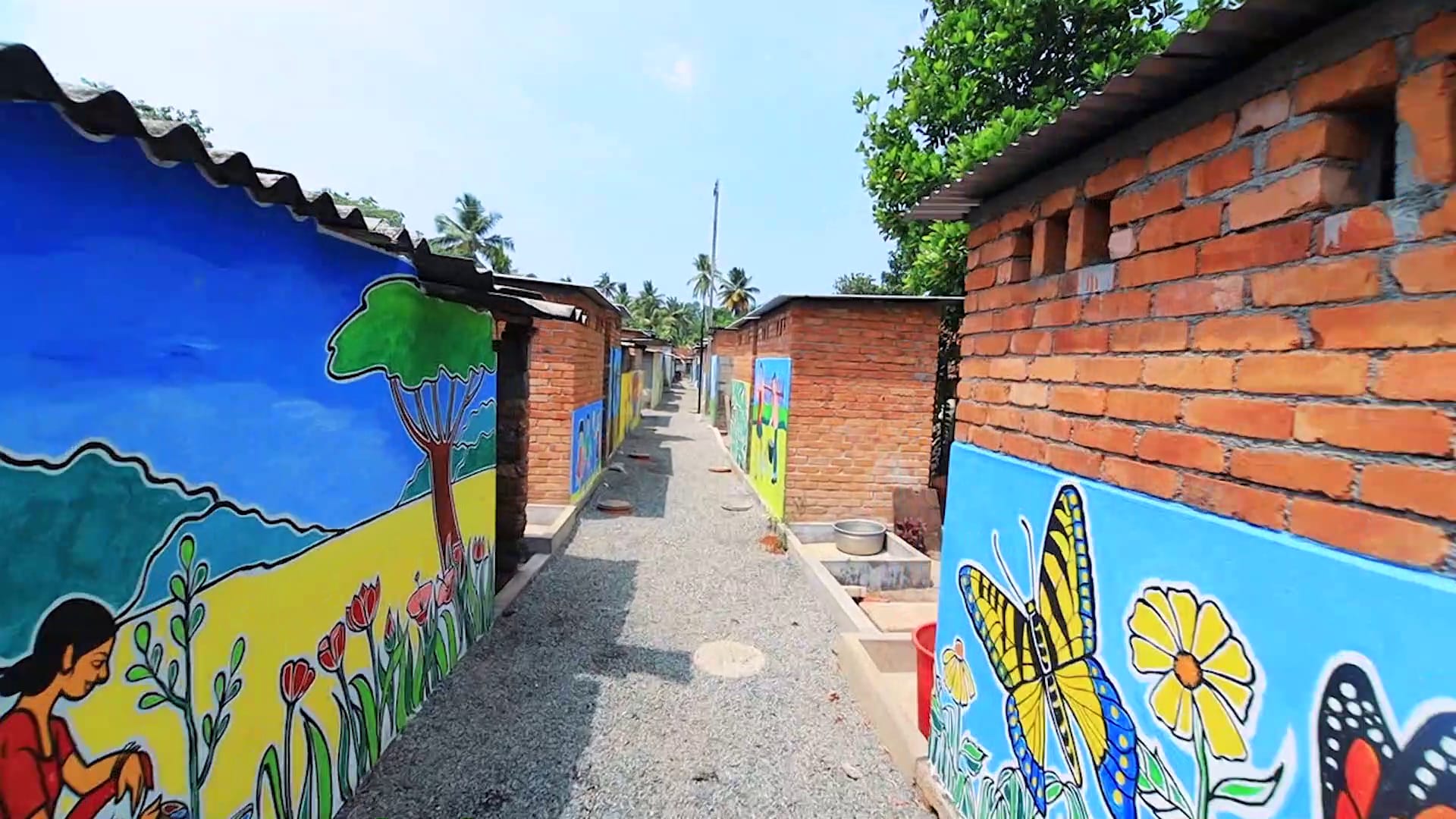
About the Authors: Sruthi Pillai is a Research Scholar at the Centre for Technology Alternatives for Rural Areas (CTARA), Indian Institute of Technology, Bombay. She is an engineer-turned-interdisciplinary-researcher with interests in environment, development, local governance, sanitation and sustainability.
N. C. Narayanan is a Professor at the Ashank Desai Centre for Policy Studies, Indian Institute of Technology, Bombay. They both have been intensively involved in the CANALPYnproject for the past four years. They can be reached at sruthimanoharan1888@gmail.com and ncniitb@gmail.com respectively.

One comment